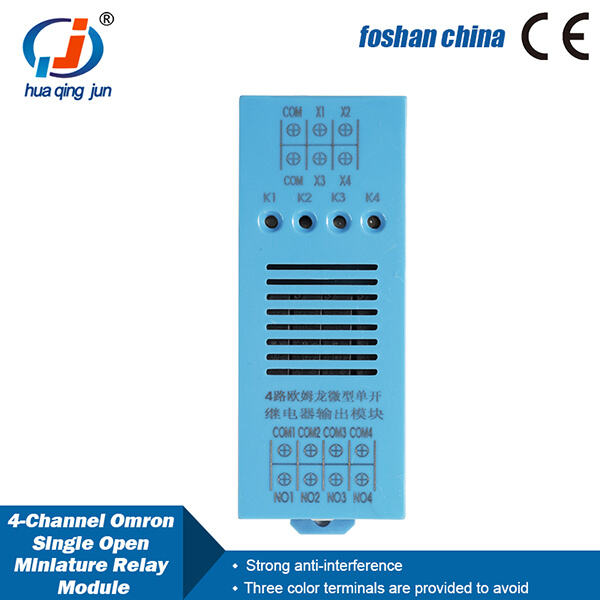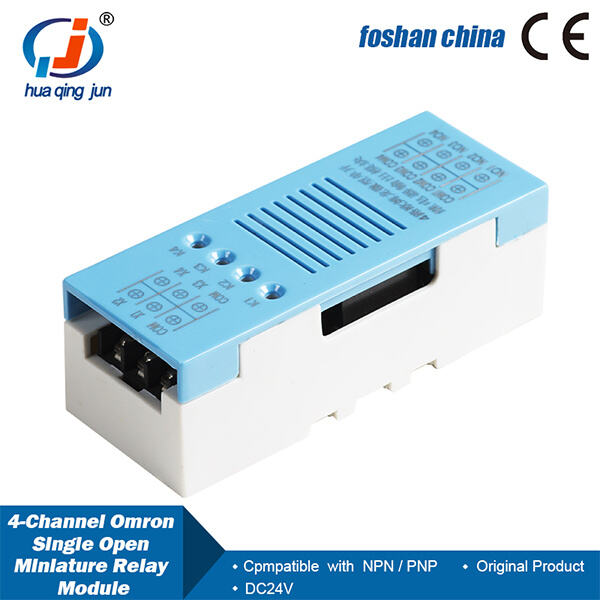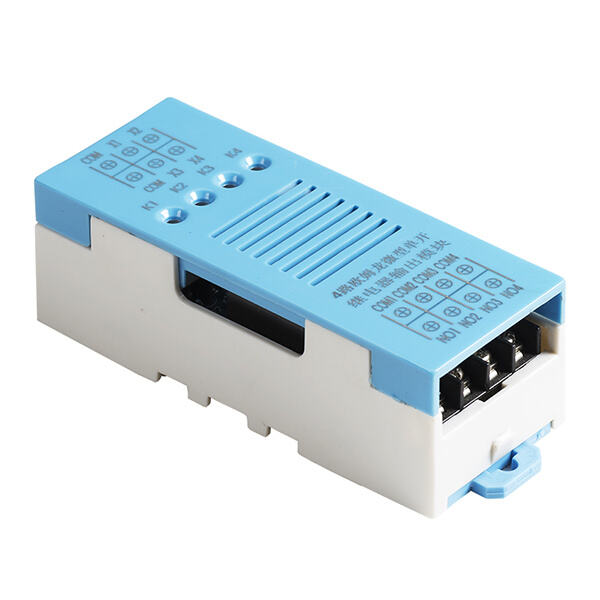The Ultimate Guide For Using Two Relay Modules as a Beginner
Relay modules are one of the most indispensable components when it comes to handling multiple devices utilizing a particular component or circuit in electronics projects. The two relay module, in particular is a great perhaps universal option for those that want to control multiple pieces at once. Dont worry newbs to your world of 1 relay modules. This in-depth guide will take you through each of the steps necessary to get started with electronics!
A look at the Two Relay Module Step 1
We will first understand the concept of a two relay module and then move onto its practical part. This electronic device allows you to control two circuits at once. This comprises of two separate relay circuits, each with its own switch. These switches then get activated on receiving the control signals, which allows current to flow across these circuits without any interference.
Step 2: Collect the following Items
In this case, you will need some key ingredients to start for your two relay module adventure. Things people are likely to have on hand, like a microcontroller and jumper wires as well the power supply obviously for powering all of this. A screenshot of a project using Qt or Fallback font Family (The components required might be different for the specific needs of your project)
PROCESS 3 -> Connecting with the two Relay module
Now that we have all the pieces, it's time to put them together - literallyLINKING THE DOTS Connect the relay module with microcontroller using jumper wires. You should be careful about wiring - the connection diagram may vary amongst your relay module.
Step 4) Start up the System
In a way, it is incomplete itself as it need the source of power. Wire the positive and negative from the power supply to your relay module making sure that you provide a voltage suitable as indicated on datasheet. Also, connect the power supply's negative wire to one of microcontroller's GND pins.
Step 5: Test the Module
The exciting part, now go ahead and test your newly set up two relay module! Then, we use the microcontroller to send control signals (HIGH or LOW) into every input pins of those relays modules and see what happen with switches. Now, if you want to give it a hands-on as well, just connect any load on the output wires of relay module and check whether these switches are working fine or not.
Common Problems and Solutions of Two Relay modules
When dealing with two relay modules, you will come across a few common issues such as low voltage, excessive current draw or unresponsive relays. With all of these issues, here are some troubleshooting tips.
Problem1: Relay module is not available
Fix: Make sure you connect your relay module well with the microcontroller. Make sure then new firmware is burned into the controller. Receiver Pin Test: With a Multimeter, confirm that the receiver is getting control signals at the input pins.
The Solution: Make sure that the relay module is connected up to both its power supply screws and fastenings as stated in it parameters. Always check the voltage requirements in a datasheet.

Fix: External relay circuit or high current power supply for driving the Relay module in case of dealing with higher amount if currents.
The ultimate FAQ guide to querytableFuture in Java
If you are still confused about two wavering relay modules, then no prob we got this informational FAQ shelved to solve all your shivering puzzles.
So what is the two relay module?
What kind of possibilities does a two relay module offer?

Which is the perfect voltage for a two relay module?
Are two relay modules good enough for heavy power loads?
Selecting the Right Module For Your Job
Your choice of relay module will typically depend on your project and requirements regarding power ratings, current tolerance levels as well as financial ones. You can use The two relay module are great for projects where you need to control more than one device,Or if you find that a single channel board just not enough,, There are many designs to choose from as well, and with sizes ranging all the way up to 200W or more these modules can deliver mucho power in a small PCB footprint, at voltages of +/-1KV for example.
A Two Relay Module And Its Innovative Applications
A two relay module is not just applicable in a standard place. Real Time SMS Notification Using a Two Relay ModuleLets take this two relay module in an imaginative way for your upcoming projects, Three exciting ideas you can do with the help of it.
Home Automation: The two relay module will make your home totally automated as per the given command. Easily install smart plugs, get them to set the lighting or some device for home automation according to either environmental conditions or your schedule.
Alarm System: The two relay module can be used to enhance home security by activating an alarming siren or flashing light upon detecting motion. With a PIR sensor combined with the module you can practically do that.
Industrial Automation- Enter the World of Industrial automation using a 2 relay module to control machines and equipment. From turning on a motor, lighting up an area to turn on and off solenoid valves the sky is no limit.

The two relay module is the cornerstone in electronics projects with synchronized control of multiple components. This is the most comprehensive guide for you to start from two relay modules. When you do, be sure to pick a module that will match your project voltage and current needs. Finally get as creative as you can regarding how to use those 2 relay module in your electronics projects.
The product develop has been granted numerous patents. company has been awarded distinctions like "National High-Tech Expertise", "Guangdong Province Contract-abiding Enterprise" as well as "Creditworthy Enterprise". Products have passed the "IS09001:2015 quality assurance certification" as well as the FCC, CE, ROHS, ISO and other certifications. company has brought together number of R D talents who have academic degrees electronic engineering, automation communication, as well as other two relay module. experienced team attentive to customers at the point of sale, continuously improves customer experience, supports the majority of equipment manufacturing enterprises. tailor more competitive industry solutions for our clients. Our company has a highly skilled manufacturing facility that highly efficient. All products are equipped with reliable and durable chips ensure excellent performance which allows customers buy use with confidence
products comprise RS485 The products of RS485 232 Ethernet modules and analog inputs modules PLC, analog outputs module, HMI, relay module, AC/DC amplifier board as well as switching power supply. There are numerous applications parking systems, such as. The greenhouse ETC Induction, packaging system. two relay module lighting system. streetlamp control. smart home system. Robot control. Control of water spray. The production line features SMT mounter equipped with automatic wave soldering automated packaging machines. The line also comes with complete set of quality control equipment. This ensures that each product is produced "carefully and professionally" to allow customers to buy and use the product with confidence. We are able to provide various options to meet the needs of the systems of our customers.
company holds variety of national patents and has also won honors like "National High-Tech Expertise" and "Guangdong Province Contract-abiding and Credit-abiding Enterprise". The products have been inspected and certified "IS09001:2015 Quality Certification". has received CE, ROHS, FCC, SGS etc. certifications. And the company has gathered an impressive number of highly skilled R D experts with academic backgrounds electronics engineering, automation Engineering, communication engineering etc. team of experts dedicated serving the end-users, continually improving customer service, and is able serve most two relay module of Things companies and equipment manufacturing firms.
Huaqingjun a world-class manufacturer industrial control. Our company, after 20 years of two relay module, has grown to 3000sqms large-scale enterprise that focuses on production development sale of Internet Things. At the same time, company a highly skilled R D department which can offer technical solutions for our customers. Our company also provides 4G module, Ethernet modules, WIFI modules, Bluetooth Modules, Simple Programmable PLC Integrated Machines, RS485 Communication Modules Industrial Relay Modules PLC AC/DC Power Amplifier modules and other products that are core to our business.